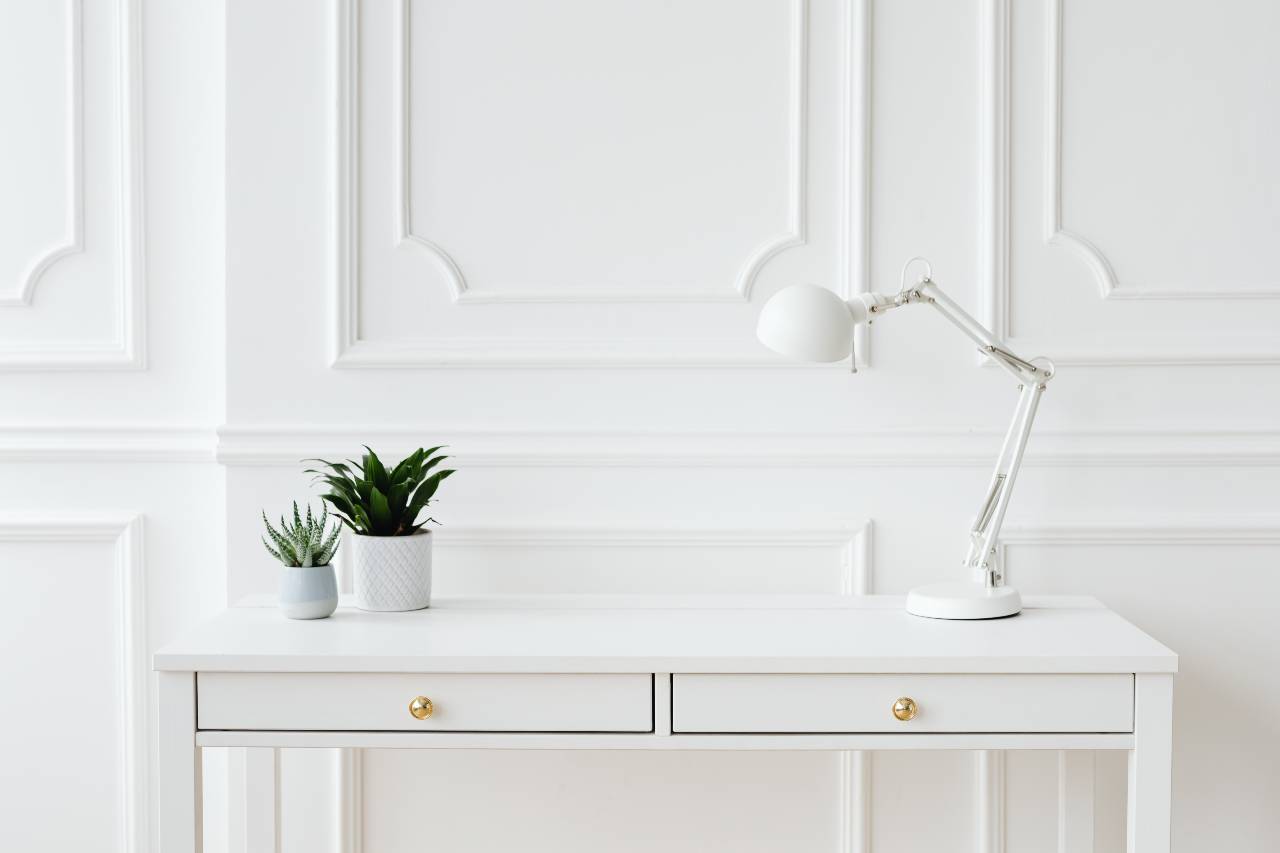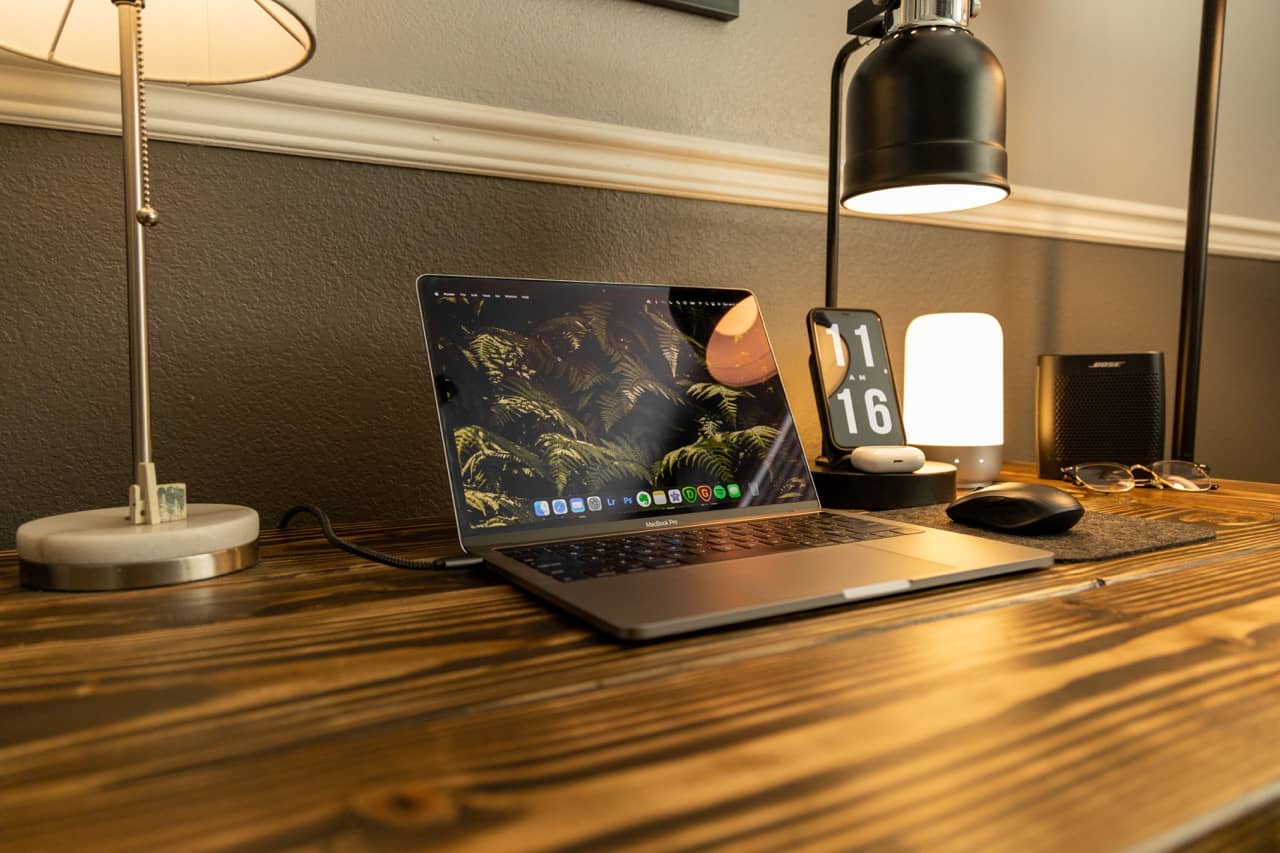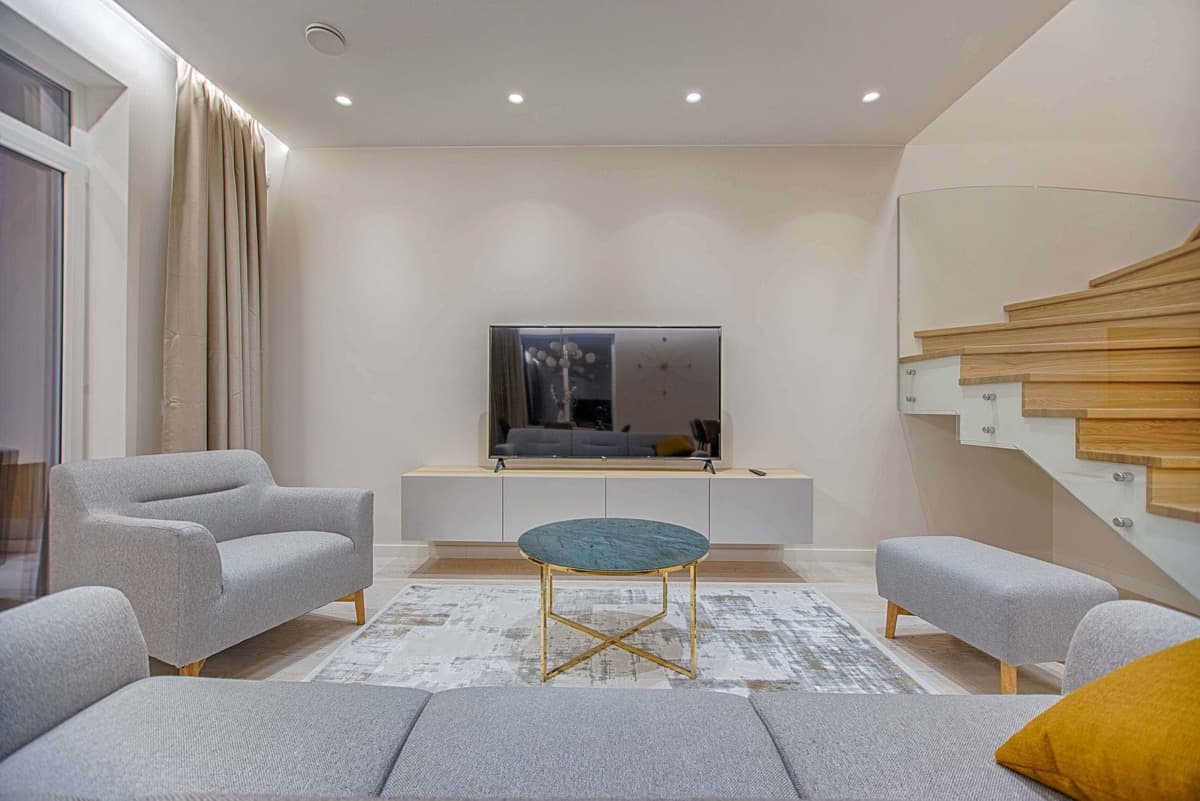Welcome to the world of LED lights, where innovation meets functionality and beauty. In recent years, LED lights have gained immense popularity due to their energy efficiency, long lifespan, and versatility. LED stands for “light-emitting diode,” and these tiny electronic devices have revolutionized the lighting industry with their numerous advantages over traditional incandescent bulbs.
Not only do LEDs consume significantly less electricity, but they also emit very little heat, making them safer and more durable. Moreover, LEDs offer a wide range of color options and can be easily dimmed or controlled to create the perfect ambiance for any setting.
While the popularity of LED lights is soaring, many people overlook the importance of proper placement when it comes to creating an optimal lighting experience. Choosing the right location for your LED lights on a desk can greatly enhance both functionality and aesthetics.
Whether you use your desk for work or leisure activities such as gaming or crafting, understanding how to strategically position your LED lights will ensure that you have sufficient illumination while minimizing eye strain. The key to achieving an exceptional lighting experience lies in striking a balance between practicality and visual appeal.
Proper placement of LED lights can not only improve task performance by reducing shadows and glare but also add flair and personality to your workspace. This article will guide you through various considerations for placing LED lights on your desk, exploring different areas where they can be positioned to achieve optimal lighting effects.
General Considerations for Placing LED Lights on a Desk
Assessing the Desk Layout and Available Space
When it comes to placing LED lights on your desk, the first step is to carefully assess the layout and available space. Take note of the dimensions and shape of your desk, as well as any built-in features or compartments that may affect lighting placement.
Consider whether you have a traditional rectangular desk or a more unconventional shape, such as an L-shaped or corner desk. Additionally, take into account the available surface area on your desk.
If you have limited space due to clutter or essential work items, it’s crucial to strategize where to place your LED lights effectively without hindering functionality. Clearing away unnecessary items and creating organized spaces can help maximize available surface area for lighting placement.
Determining the Desired Lighting Effect (Ambient, Task, Accent)
The next consideration is determining the desired lighting effect you want to achieve with your LED lights – whether it’s ambient lighting for overall illumination, task lighting for specific activities, or accent lighting to highlight certain areas or objects on your desk. For ambient lighting, consider using LED light bars along the back edge of your desk.
This creates indirect lighting that helps reduce eye strain while providing a pleasant glow throughout your workspace. Alternatively, floor-standing LED lamps with adjustable brightness can offer overall illumination while adding an elegant touch.
Task lighting requires focused illumination in specific areas where you perform detailed activities like reading or writing. Positioning LED lights above or behind your monitor helps reduce glare and eye strain during long hours of work.
Mounting LED strips under shelves or cabinets provides direct illumination on your work surface, ensuring clear visibility when performing tasks like writing or sketching. Accent lighting adds flair and aesthetic appeal to your workspace by drawing attention to certain areas or objects on your desk.
Installing LED strips underneath the desk can create a floating effect or highlight the desk’s legs, adding a touch of sophistication. Incorporating LED spotlights to showcase decorative items or artwork on the desk can also enhance the overall ambiance.
Considering Personal Preferences and Intended Use of the Desk
Personal preferences play a vital role in deciding where to place LED lights on your desk. Think about your personal style, desired atmosphere, and color preferences.
Some people may prefer warm white lights for a cozy and inviting feel, while others may opt for cool white lights for a more professional and modern look. Furthermore, consider how you intend to use your desk.
If it primarily serves as a workspace for tasks like writing or computer work, task lighting should take precedence in areas essential for those activities. On the other hand, if your desk serves multiple purposes such as creative projects or gaming setups, incorporating accent lighting may be more appropriate.
Ultimately, when determining where to place LED lights on your desk, it is essential to strike a balance between functionality and aesthetics. By assessing the layout and available space, considering the desired lighting effect, and taking into account personal preferences and intended use of the desk, you can create an illuminated workspace that enhances productivity while reflecting your individual style.

Main areas to consider for LED light placement on a desk
Task lighting:
When it comes to task lighting, it’s crucial to position LED lights strategically to minimize eye strain and maximize productivity. Placing LED lights above or behind the monitor can help reduce glare and shadows, providing a more comfortable viewing experience. By illuminating the screen evenly, these lights enhance clarity and prevent unnecessary visual fatigue.
Additionally, mounting LED strips under shelves or cabinets helps illuminate the work surface directly below, ensuring that you can focus on your tasks with ease. The targeted illumination eliminates any potential obstructions caused by shadows or insufficient lighting.
Ambient lighting:
Creating a pleasant ambiance in your workspace is essential for maintaining a calm and productive atmosphere. To achieve this, consider placing LED light bars along the back edge of your desk to provide indirect lighting. This soft glow will not only reduce eye strain but also add an inviting touch to your workspace.
Additionally, utilizing floor-standing LED lamps with adjustable brightness allows you to tailor the overall illumination according to your needs and mood. By carefully selecting the color temperature of the LEDs, you can create a warm or cool ambiance that suits your preferences.
Accent lighting:
To add flair and personality to your desk area, accent lighting plays a crucial role. Installing LED strips underneath the desk creates a floating effect that adds an element of intrigue while highlighting the legs of your desk beautifully. This subtle yet impactful touch elevates the overall aesthetic appeal of your workspace.
Furthermore, incorporating LED spotlights allows you to showcase decorative items or artwork on your desk effectively. By directing focused beams of light onto these objects of interest, their details are accentuated while drawing attention in an elegant manner.
Additional considerations for specific areas on a desk
Keyboard area:
Enhancing visibility around your keyboard area is essential for a seamless workflow. Attaching an LED strip along the front edge of the keyboard tray ensures that you have optimal lighting to see the keys clearly, even in dimly lit environments. For an added touch, using smaller adhesive-backed LEDs to illuminate individual keys can not only improve accuracy but also enhance the overall aesthetic appeal of your desk setup.
Cable management area:
Maintaining an organized and clutter-free workspace is crucial for productivity. Placing small battery-powered LEDs in cable clips or cable sleeves not only helps you keep track of your cables but also provides added visibility when connecting or disconnecting devices. Additionally, incorporating motion-activated LEDs near power outlets or surge protectors can make it easier to locate them quickly while minimizing fumbling around in the dark.
Storage compartments:
Efficient utilization of storage compartments on your desk is vital for maintaining a neat and tidy workspace. Installing battery-operated puck lights inside drawers or cabinets helps illuminate their contents, enabling you to find items easily without rummaging around in the dark. Furthermore, adding motion-sensor LED lights allows for hands-free illumination when opening or accessing these storage spaces.
Conclusion
Properly placing LED lights on your desk is crucial for both functionality and aesthetics. By considering task lighting, ambient lighting, and accent lighting in key areas such as above the monitor, under shelves or cabinets, along the back edge of the desk, underneath the desk itself, and incorporating spotlights for decorative items/artwork – you can create a workspace that enhances productivity while reflecting your personal style.
Additionally, optimizing visibility around specific areas like keyboards with LED strips and implementing thoughtful lighting solutions in cable management areas and storage compartments further streamline organization and functionality. With well-placed LED lights transforming your desk into a well-lit haven tailored to your needs and preferences, working becomes more enjoyable and inspiring.







